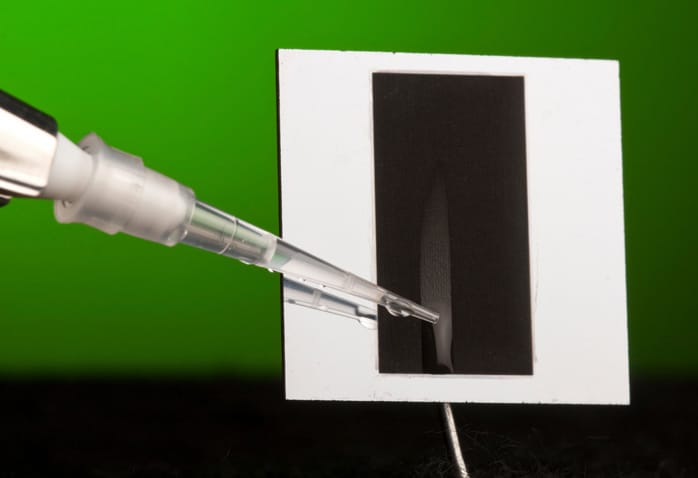
Experts say a new technique called superwicking could provide a better way to cool computer hardware and could help remove one of the biggest barriers to a new generation of high-powered microprocessors. And in the meantime, it could prove a boon to tiny fluid-based sensors. Optical physicists Chunlei Guo and Anatoliy Vorobyev of the University of Rochester in New York state attempted to find out whether silicon chips could be cooled by water or other fluids. One challenge is that the chips are often mounted vertically inside a computer, so the coolant might have to flow uphill. A year ago, they achieved an effect called superwicking—by which the texture of a material forces water to flow upward—on metal surfaces by etching them using extremely fast, quadrillionth of a second, high-energy laser pulses. So they decided to try the same technique in silicon chips.






